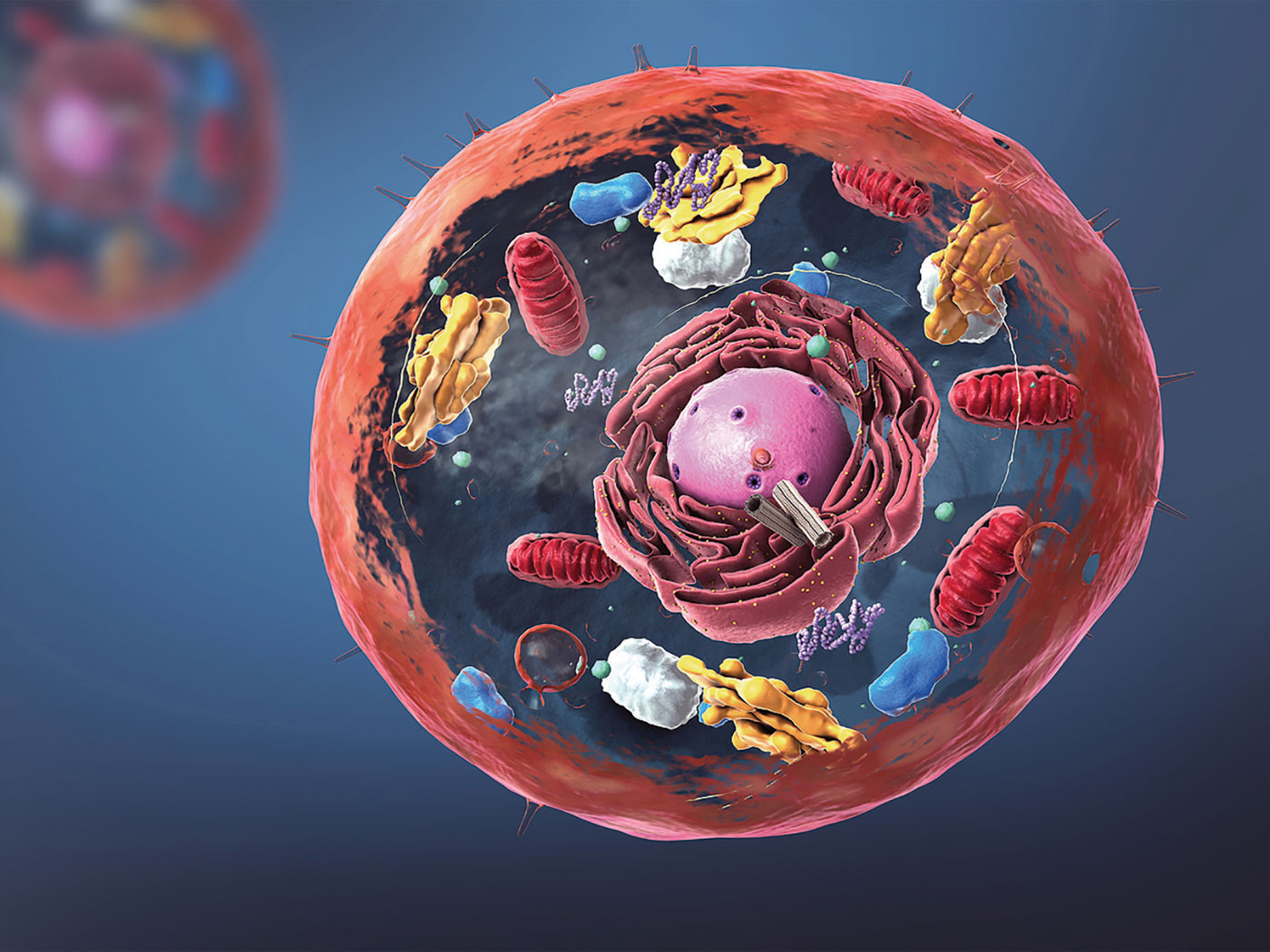Search Tools
New Defender's Study Bible Notes
2:21 follow his steps. Following His steps, we should “walk as He walked” (I John 2:6), even to the cross, if that should be His will. We should also love as He loved (John 13:35) and think as He thought (Philippians 2:5).
2:22 did no sin. In order to die for our sins, the Lord Jesus could do no sin of His own, and Peter, His close friend, assures us He did not. John, the beloved disciple, testified that “in Him is no sin” (I John 3:5), and Paul, the prince of theologians, says that He “knew no sin” (II Corinthians 5:21). Judas, who betrayed Him, admitted that “I have betrayed the innocent blood” (Matthew 27:4). Pilate, who judged and condemned Him, said: “I find in Him no fault at all” (John 18:38), and the centurion who crucified Him said: “Certainly this was a righteous man” (Luke 23:47).
2:24 live unto righteousness. Peter thus draws the same inference as Paul on the relation of the death of Christ for our sins to our death to our sins. See, for example, Galatians 2:19-20; Romans 6:11-13.











